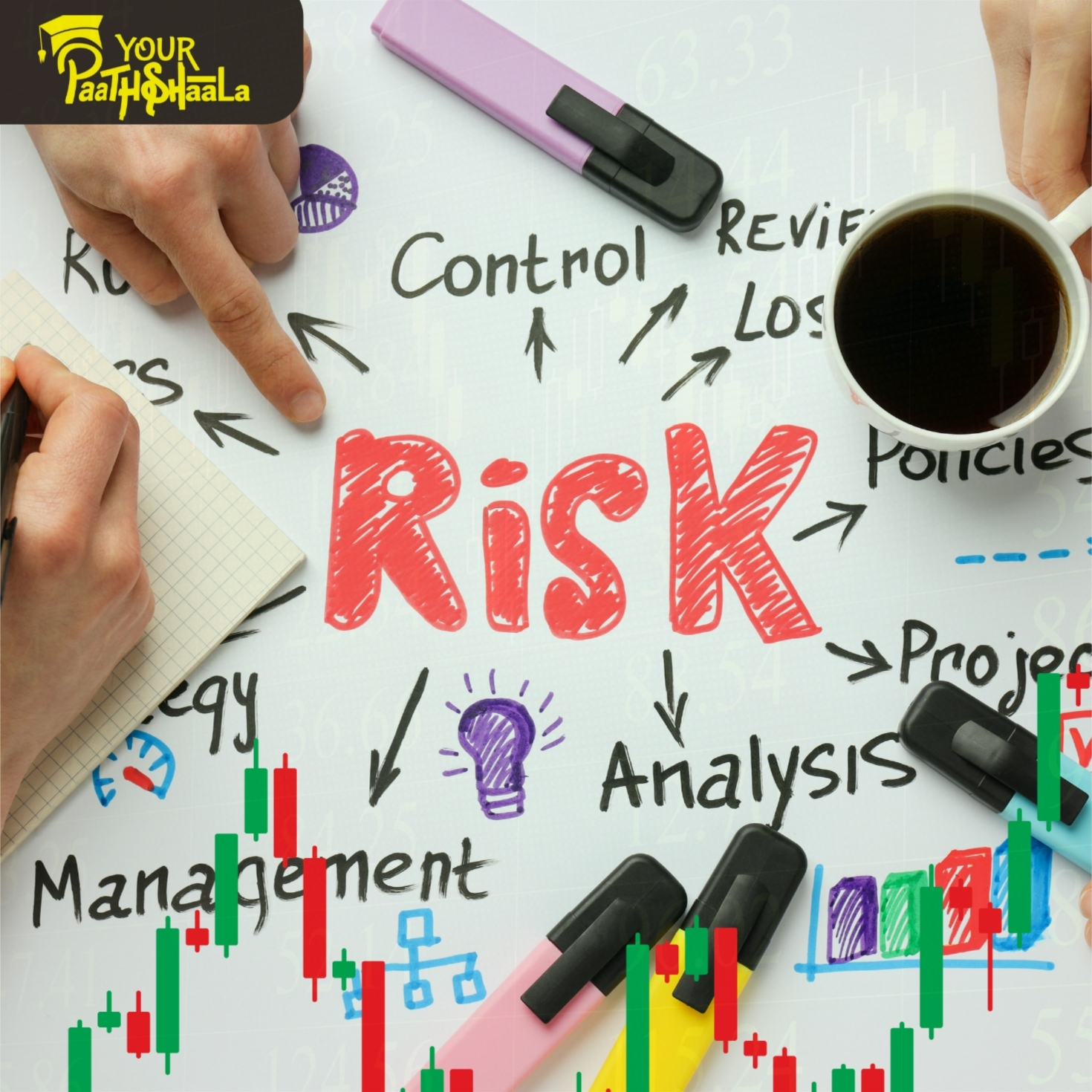AI-Enhanced Risk Parity: Revolutionizing Portfolio Management in 2025
In the fast-evolving financial landscape of 2025, AI-enhanced risk parity is transforming portfolio management by leveraging artificial intelligence to optimize risk allocation. As of July 30, 2025, strategies powered by machine learning, neural network correlation predictions, automated rebalancing, and dynamic intelligent allocation enable investors to navigate volatile markets with unmatched precision. This 2000-word guide explores these cutting-edge approaches, offering actionable insights for beginners and seasoned investors. By future-proofing portfolios with AI-driven decisions, you can stay ahead of market shifts. Ready to master the next generation of investing? Let’s dive into AI-enhanced risk parity.
What is AI-Enhanced Risk Parity?
AI-enhanced risk parity builds on traditional risk parity, which balances risk across asset classes like stocks, bonds, and commodities, by integrating artificial intelligence to improve decision-making. Machine learning analyzes vast datasets, neural networks predict asset correlations, automated systems rebalance portfolios instantly, and dynamic allocation adapts to real-time market conditions. This approach minimizes human error, enhances adaptability, and optimizes performance in 2025’s complex markets, characterized by rapid volatility, geopolitical risks, and economic uncertainty.
Key Strategies in AI-Enhanced Risk Parity
To succeed with AI-enhanced risk parity, focus on four key strategies: machine learning market analysis, neural network correlation predictions, automated rebalancing, and dynamic intelligent allocation. Below, we explore each in detail.
1. Machine Learning Market Analysis: Uncovering Hidden Patterns
Machine learning (ML) algorithms analyze thousands of market variables—price movements, economic indicators, sentiment data—in real time to identify patterns invisible to human analysts. For example, ML can detect subtle correlations between bond yields and commodity prices, enabling better risk allocation. Platforms like BlackRock’s Aladdin use ML to optimize portfolios.
How to Use Machine Learning Analysis
Access ML-driven platforms via robo-advisors like Wealthfront or institutional tools like Bloomberg Terminal.
Focus on diversified ETFs (e.g., SPY, TLT) to apply ML insights across asset classes.
Monitor ML model outputs for signals on volatility or sector performance.
Diversify across assets to leverage ML’s ability to balance risk dynamically.
ML analysis offers precision but requires reliable data and model oversight to avoid overfitting or false signals.
2. Neural Networks for Correlation Shifts: Predicting Market Moves
Neural networks, a subset of AI, predict shifts in asset correlations before they occur, helping investors adjust portfolios proactively. For instance, during a 2024 market shock, neural networks could have anticipated bonds and stocks moving together, defying their usual negative correlation. This allows risk parity portfolios to reweight assets preemptively.
How to Leverage Neural Network Predictions
Use AI-driven platforms like QuantConnect or Numerai for correlation forecasting.
Adjust allocations based on predicted shifts, favoring uncorrelated assets like gold (GLD).
Monitor economic triggers (e.g., inflation spikes) that influence correlations.
Diversify across global markets to reduce reliance on single-asset correlations.
Neural network predictions enhance adaptability but face risks from model errors, so validate with fundamental analysis.
3. Automated Rebalancing: Instant Response to Volatility
Automated rebalancing uses AI algorithms to adjust portfolio allocations in real time based on market volatility or risk thresholds. Unlike manual rebalancing, which can lag, automated systems respond instantly to events like a sudden equity sell-off, ensuring risk parity is maintained. For example, a spike in stock volatility might trigger a shift to bonds or cash.
How to Implement Automated Rebalancing
Use robo-advisors like Betterment or Interactive Brokers’ automated portfolio tools.
Set risk-based triggers (e.g., volatility thresholds) for rebalancing actions.
Invest in liquid ETFs to enable seamless adjustments across asset classes.
Monitor transaction costs to ensure automation remains cost-effective.
Automated rebalancing offers speed but incurs fees and requires reliable AI systems to avoid over-trading.
4. Dynamic Intelligent Allocation: Optimizing Performance
Dynamic intelligent allocation uses AI to adjust risk weights across assets based on real-time market conditions, economic data, and predictive models. Unlike static risk parity, which maintains fixed ratios, dynamic allocation shifts exposure—for example, reducing equities during a predicted downturn or increasing commodities during inflation spikes.
How to Execute Dynamic Allocation
Use AI-driven platforms like Portfolio Visualizer or Quantopian for dynamic modeling.
Allocate across diverse assets like stocks (VT), bonds (BND), and commodities (DBC).
Monitor macro signals (e.g., CPI, GDP) to inform allocation shifts.
Diversify to balance AI-driven adjustments with long-term stability.
Dynamic allocation maximizes performance but risks over-reliance on AI models, so combine with human oversight.
Risks and Challenges in AI-Enhanced Risk Parity
AI-enhanced risk parity offers precision but comes with challenges:
Model Risk: AI models may misinterpret data or fail during unprecedented events.
Overfitting: ML algorithms can over-optimize for past data, reducing future accuracy.
Technology Dependence: System failures or cybersecurity risks can disrupt automation.
Costs: High-frequency rebalancing or platform fees can erode returns.
To mitigate risks, diversify across assets, validate AI outputs with fundamentals, and use low-cost platforms. Professional guidance can enhance strategy execution.
Tools and Resources for AI-Enhanced Risk Parity
To excel in AI-enhanced risk parity, leverage these tools:
AI Platforms: Use QuantConnect, Numerai, or BlackRock’s Aladdin for AI-driven analysis.
Portfolio Tools: Access risk parity analytics via Portfolio Visualizer or Riskalyze.
Market Data: Track volatility and correlations with Bloomberg or TradingView.
Educational Resources: YourPaathshaala offers courses on AI-driven investing.
These tools, paired with disciplined analysis, can optimize your AI-enhanced strategy.
Why AI-Enhanced Risk Parity Matters in 2025
As of July 30, 2025, AI-enhanced risk parity is reshaping investing amid heightened market complexity. Volatility is elevated, with the VIX averaging 18 in 2025, per CBOE data, driven by inflation (3.5% CPI) and geopolitical tensions. Traditional portfolios struggle with correlation breakdowns, as seen in 2024’s bond-equity sell-off. AI’s ability to process vast datasets and predict shifts offers a critical edge, with robo-advisors managing $1.5 trillion in assets, per Statista. These trends make AI-enhanced risk parity essential for navigating unpredictable markets.
Getting Started with AI-Enhanced Risk Parity
Ready to future-proof your portfolio? Follow these steps:
Learn AI Basics: Study machine learning, neural networks, and risk parity principles.
Choose a Platform: Select a broker or robo-advisor with AI-driven tools.
Start Small: Test AI strategies with a small, diversified portfolio.
Diversify: Spread capital across stocks, bonds, commodities, and alternatives.
Seek Education: Enroll in courses at YourPaathshaala, located near Anjali Children Hospital, Tagore Nagar, Mathpurena, Raipur, Chhattisgarh, PIN code: 492001.
Conclusion
AI-enhanced risk parity—through machine learning analysis, neural network predictions, automated rebalancing, and dynamic intelligent allocation—offers unmatched precision and adaptability in 2025. These strategies empower investors to build resilient portfolios that thrive in volatile markets. Despite challenges like model risks or technology dependence, diversified approaches and validated AI tools can lead to success. Master the next generation of portfolio construction with YourPaathshaala’s expert guidance.
Visit YourPaathshaala
Near 🏥 Anjali Children Hospital, Tagore Nagar, Mathpurena, Raipur.
📫 PIN code: 492001, Chhattisgarh
📞 Click the Call Now to contact us!
Take your financial knowledge to the next level with YourPaathshaala—your trusted partner for investment education and market insight.







